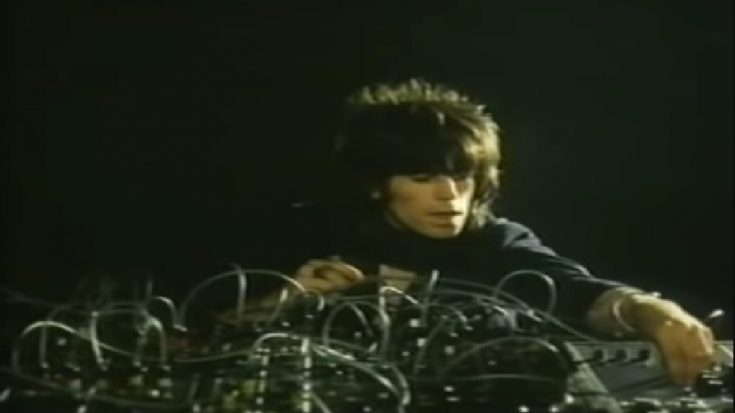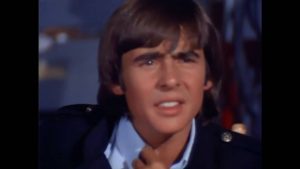Watch Keith Richards Play A Vintage Synth

via Jeep1313 / Youtube
The incomparable Keith Richards, guitarist for the unstoppable Rolling Stones, is a figure like no other. Not only does he boast unmatched off-stage adventures, but his guitar technique, though not always technically precise, is so distinctive and oozing with style that he rightfully enters discussions about the greatest guitarists of all time.
However, an intriguing piece of music history trivia comes to mind: the occasion in 1969 when Keith Richards from the Rolling Stones tried his hand at playing an early analog synth.
The Rolling Stones’ connection to analog synthesizers unfolds as a captivating saga. While one might expect other bands to be the pioneers of unusual electronic instruments (such as the Beach Boys with the theremin-driven “Good Vibrations” or the Beatles with the mellotron in “Strawberry Fields Forever” and much of “Abbey Road”), the blues-focused Stones collectively acquired an early Moog sequencer.
Watch the rare clip of The Human Riff trying his hand at the synth below:
The Synthesizer Revolution
Throughout decades, the evolution of synthesizers and electronic instruments saw the emergence of inventions like the Theremin and the Ondes Martenot.
However, the true breakthrough occurred in 1964 when Robert Moog introduced the modular Moog synthesizer – the first-ever commercial synthesizer.
It wasn’t until 1968 that the instrument gained popularity beyond the realm of experimental musicians, largely attributed to the release of Wendy Carlos’ album Switched on Bach.
Carlos, being more musically adept than Moog, played a crucial role in refining the instrument, identifying and implementing adjustments to enhance its effectiveness.
The Rolling Stones’ Evolution and Early Interest on the Synth
Around this period, the synthesizer captivated numerous popular acts keen on integrating this new musical tool into their repertoire. Among the enthusiasts were The Rolling Stones, a band formed in 1962 that quickly rose to become one of the world’s premier musical acts, rivaling even The Beatles.
Initially focused on rock and roll and rhythm and blues covers, the band transitioned to crafting their own compositions, influenced in part by the success of the Lennon-McCartney partnership.
In no time, the Rolling Stones became a musical force, securing a series of number-one hits. Their musical journey stretched far from their origins, as they continuously drew inspiration from diverse genres and instruments globally.
Each band member brought unique interests to the table, proving instrumental in shaping the band’s sound, ranging from jazz to reggae.
The Stones’ Brief Venture into Electronic Exploration
When the synthesizer gained popularity, it was hardly surprising that the Stones eagerly dived into experimentation with the instrument.
In Mario Schifano’s arthouse film, Umano non Umano, there’s footage capturing the outspoken Keith Richards playfully exploring a modular synthesizer.
This brief clip provides a glimpse into the band’s curiosity for musical experimentation, demonstrating their readiness to immerse themselves in the realm of a new instrument. Interestingly, Mick Jagger was reportedly keen on making the synthesizer his primary instrument, prompting the band to acquire one for exploration.
Regrettably, this endeavor didn’t materialize, but the snippet of Richards toying with the synth offers a tantalizing preview of the Stones’ unexplored sonic territory.
Parting ways with the Moog
Robbie Lee, a collector of rare instruments, sheds light on the musical landscape of 1969, marking the precipice of commercial synthesizers becoming accessible to rock musicians.
Lee illustrated, “1969 was right on the cusp of commercial synths being available to rock musicians. Previously, they were all at universities and government-sponsored experimental tape centers.”
Inevitably, the Rolling Stones faced a decision regarding their Moog synthesizer. Ultimately, the band opted to part ways with it, and interestingly, the new owner turned out to be none other than Christoph Franke of Tangerine Dream, an iconic figure in the electronic music scene.
This transaction not only symbolized a shift in the Stones’ sonic exploration but also marked a notable moment in the broader integration of synthesizers into the musical mainstream.











